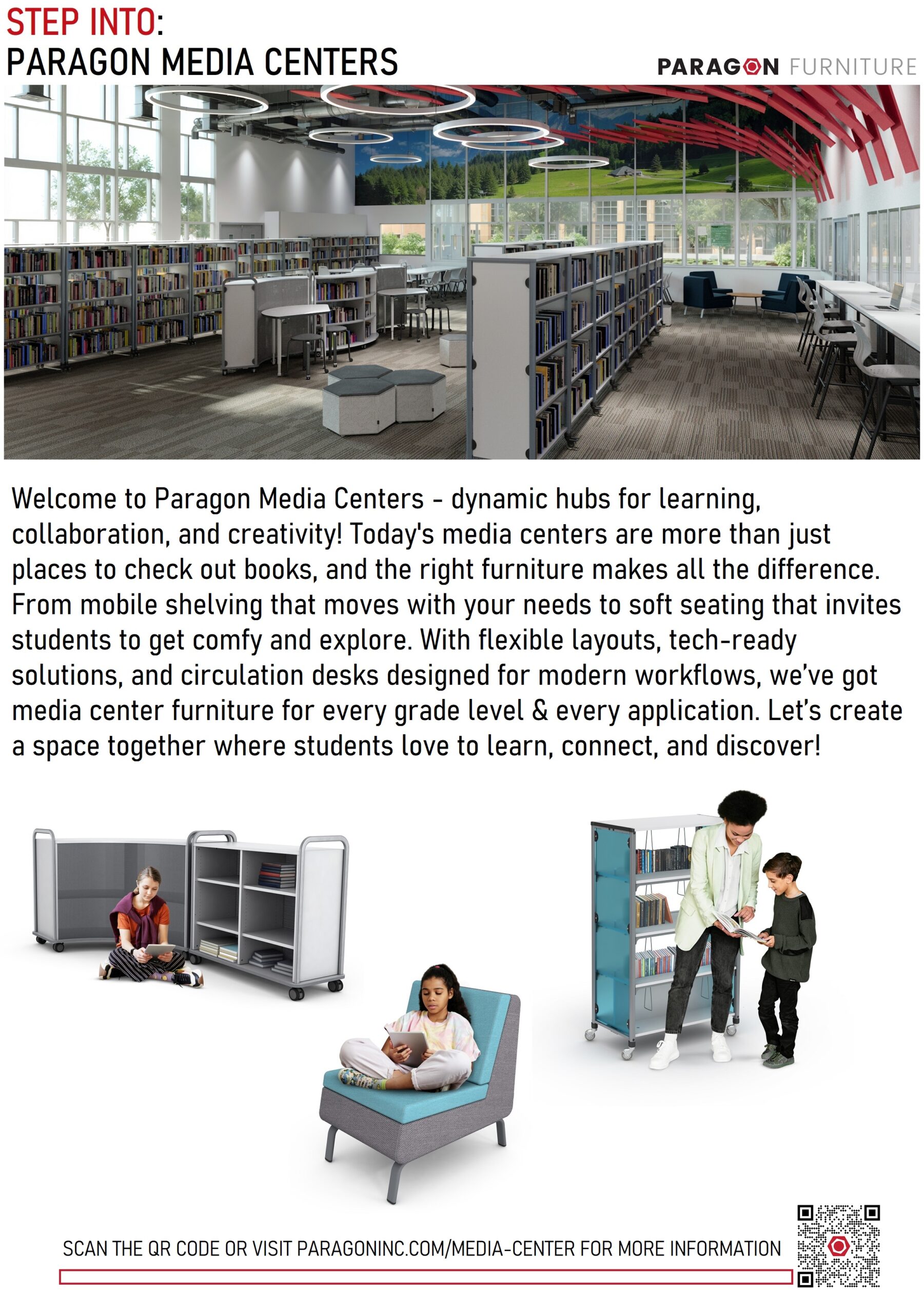LEARNING BEYOND THE CLASSROOM
THE ROLE OF LOUNGE & COMMON SPACES IN STUDENT SUCCESS
Education extends far beyond the four walls of a traditional classroom. Some of the most meaningful learning experiences happen in informal settings—hallways, student lounges, and common areas where students interact, reflect, and collaborate. Schools that prioritize well-designed lounge and commons spaces create environments that foster both academic and social success.
Why Lounge and Commons Spaces Matter
Lounge areas serve as critical “third spaces” in schools—neither classroom nor home, but a comfortable middle ground where students can work independently, meet in groups, or simply take a break. These areas are particularly valuable in high schools and colleges, where students balance academic work with personal and social development.
Thoughtfully designed commons spaces support a range of student needs:
- Encouraging Collaboration – Group seating and modular furniture make it easy for students to meet, brainstorm, and work on projects together.
- Supporting Individual Study – Some students prefer a quieter, less structured environment for reading and studying outside the classroom.
- Providing a Mental Recharge – Comfortable lounge seating allows students to relax, helping reduce stress and improve focus when they return to class.
Key Design Elements of Effective Lounge Spaces
- Comfortable, Flexible Seating – Soft seating, modular couches, and movable chairs allow students to configure the space for various uses.
- Power & Connectivity – Built-in charging stations and easily accessible power outlets ensure that students can work on devices without interruption.
- Multi-Zoned Areas – A mix of social, collaborative, and quiet areas helps accommodate different learning preferences and activities.
- Durability & Easy Maintenance – School furniture must withstand heavy use. Durable materials and easy-to-clean surfaces ensure longevity.
- A Welcoming Atmosphere – Thoughtful color choices, lighting, and layout contribute to a space that feels inviting and inspiring.
The Impact of Lounge and Commons Spaces on Student Success
Providing well-designed common areas creates a sense of belonging, encourages peer interaction, and supports both academic and personal growth. Students who have access to inviting, functional spaces outside the classroom are more likely to stay engaged in their school community, leading to better overall performance and well-being.
As schools move toward holistic learning environments, investing in lounge and commons spaces is no longer a luxury—it’s a necessity for fostering vibrant, supportive learning communities.
Download our brief brochure highlighting some of the furniture we make specifically for media centers.
CLASSROOM DESIGN FILES
Access all of the design resources you need to create a beautiful classroom!
